Enhanced Guide to UGC Kiln FiredGlass Colors
Welcome to the vibrant world of UGC Kiln Fired Glass Colors! Whether you're a seasoned artist or just beginning your journey into glass art, this guide will help you navigate through the colorful possibilities our products offer. Discover the unique properties of our NT Colors, Original Colors, and Artisan Colors, and learn how to apply them to create stunning glass artworks.
Color Lines Overview
Understanding which UGC color line to use for your project is crucial for achieving the desired results and ensuring the safety and durability of your artwork:
NT Colors - Available in powder form, these colors are mixed with Glass Medium at a 1:1 ratio. They are lead-free and offer a palette of vibrant hues not available in the Original Color line. Ideal for educational settings, including schools, due to their non-toxic nature, creating items that will come in contact with food, as they are safe for such use and all decorative projects, including glass panels, tiles, and stained glass.
Artisan Colors - Also in powder form, Artisan Colors produce unique textures and bubbles, perfect for adding depth to your pieces. They contain no lead and must be mixed with Glass Medium. Suitable for the same wide range of applications as NT colors, offering creative freedom without the concern of toxicity, and projects where unique textures and effects are desired, adding depth and interest to your work.
Compatibility and Application Surfaces
All three color lines are versatile and can be applied to a variety of surfaces, including ordinary window glass or "float" glass, COE 90 and COE 96 glass, classic art glasses such as Uroboros, Kokomo, and Bullseye, commercial tiles, terra cotta, porcelain, and Corel brand dinnerware and even "found" glass, including bottles, table tops, and old windows.
Important: Always conduct a test application on your chosen glass to ensure compatibility and achieve the best results. This preparatory step can save time and resources, ensuring your project's success.
Application Methods
For NT and Artisan Colors, mix the powdered color with Unique Glass Medium on a 1:1 ratio, then add a drop or two of water if needed, aiming for a "heavy cream" consistency. Store mixed colors in an airtight jar for future use. Keep all colors stirred as you use them. Pigments tend to settle at the bottom.
Applying Colors for Solid Coverage:
- Puddle, Push & Pull: Drop a small puddle of color onto your surface, then push and pull the puddle to spread the color without brushing it out.
- Shading and Highlighting: Apply colors side by side and use the tip of your brush to blend by patting or wiggling.
- Watercolor Effect: Leave water in your brush to thin the colors as you apply, allowing them to run together for a softer effect.
Preparing the Glass
Clean your glass thoroughly to ensure the best adhesion and clarity. Avoid using materials that may leave residues, such as rubbing alcohol or glass cleaners. For detailed cleaning instructions:
1. Scrub with a powdered abrasive cleanser using a green grit pad.
2. Rinse with very hot water or wipe down with denatured alcohol for quick preparation.
Firing Instructions
General Advice: Always fire with the glass color facing up to avoid sticking. Adjust firing times based on the thickness and size of your piece.
Firing in Different Kilns
- Ceramic Kiln: Use witness cones to monitor the temperature and adjust according to your kiln's characteristics.
- Programmable Glass Kiln: For small pieces, a heat rise of 450°F/hour to about 1000°F, then full speed to 1450-1525°F and hold for 10-20 minutes.
Troubleshooting
Encounter an issue? Here are some tips!
- Color Beading Up: Clean the area thoroughly and reapply. Beading usually indicates a surface not properly cleaned.
- Crawling During Firing: Ensure the color application isn't too thick and is well mixed to the consistency of heavy cream.
Join Our Community
We're always excited to see what you create with UGC Kiln Fired Glass Colors. Share your projects, get inspired, and connect with fellow artists on our Facebook page, Facebook group, and website.
Remember, the key to beautiful glass art is experimentation and practice. Dive in, and don't hesitate to reach out with your creations or questions. Happy creating!
